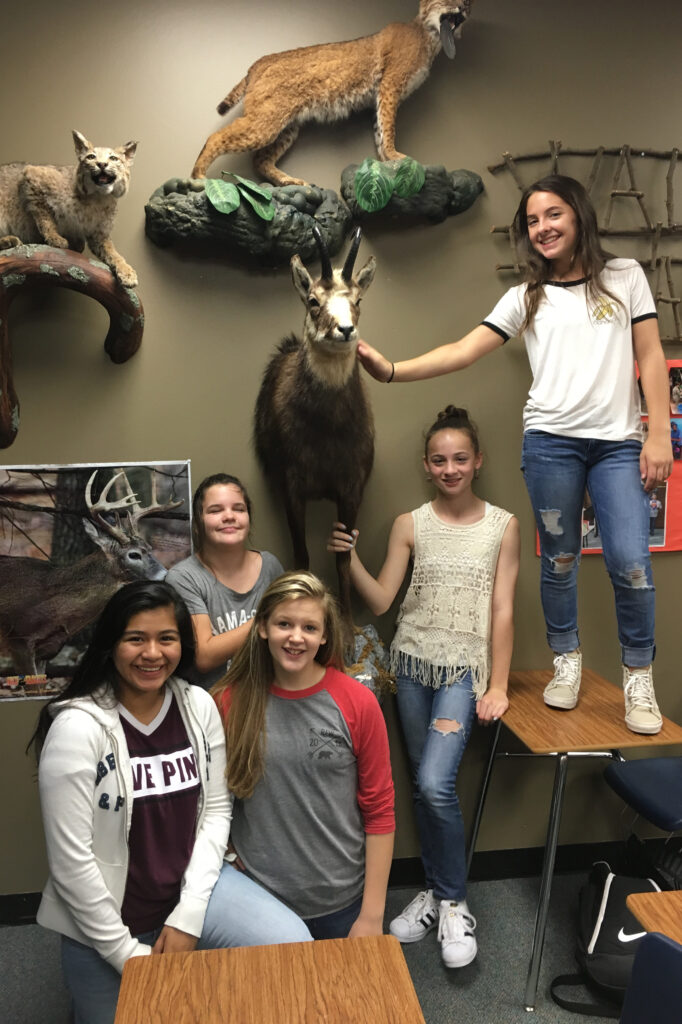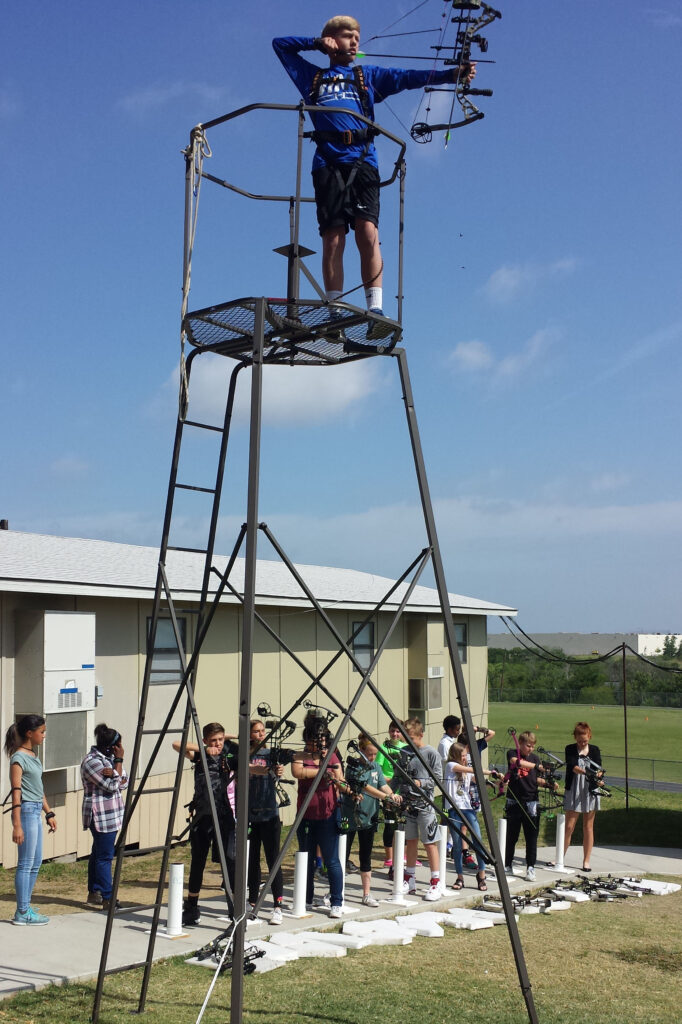

SCI Foundation (SCIF) in partnership with the Outdoors Tomorrow Foundation (OTF) share the common goal of educating today’s youth about wildlife conservation, hunting, fishing and shooting sports. The Outdoor Adventures K-12 curriculum can be taught in any school across the United States as a P.E. class or Ag. Science Wildlife Management course. This fall there are more than 70,000 students enrolled in the course for 180 days (1 hour per day) which equates to a total of 12,600,000 total hours of outdoor skills and conservation education with SCIF as the official sponsor of the four-week hunter education unit.
Schools across the country have new funds available to help expand the Outdoor Adventures K-12 curriculum. Last March, a third pandemic stimulus bill dubbed the American Rescue Plan was signed into law, providing public school districts across the country a whopping $122 billion in Elementary and Secondary School Emergency Relief (or ESSER III) funds. Another $2.75 billion was set aside for non-public schools as Emergency Assistance to Non-Public Schools (or EANS) funds.
ESSER III and EANS funds are designed to help schools reopen quickly and safely, as well as address the months of significant learning loss by students during the COVID-19 pandemic.
Schools can use ESSER III and EANS funds to remediate learning loss in several ways, including for the Outdoor Adventures (OA) curriculum which includes:
- Investing in outdoor furniture and equipment to account for an increase in outdoor activities.
- Purchasing furniture and equipment to implement before and after-school enrichment programs.
Although there are other areas the funding can be used for, the area above are the reasons why many schools are using their funds to purchase the OA curriculum, archery equipment, fishing gear for after school extended education programs. School administrators understand the social and emotional needs these students have been deprived of and understand how outdoor education can help close the gap in the educational process. Using wildlife conservation, hunter education, fishing and outdoor skills for increased academic success is a win for wildlife conservation, SCIF and the OTF.
To assist in this endeavor, reach out to your school administrators today and ask them to use their ESSER and EANS Funds for students by purchasing the OA curriculum and equipment. Implementing the OA curriculum can make a difference. For example, more than 15,000 Hunter Education certifications have been issued this year in Texas through the OA curriculum. For more information on this contact either Dan Brooks at [email protected] or Scot McClure, Director of Education, at [email protected] www.GoOTF.com.

